1937 German Heinkel He 119 With 2,350hp Armrest!
 Thursday, February 11, 2010 at 10:54PM
Thursday, February 11, 2010 at 10:54PM 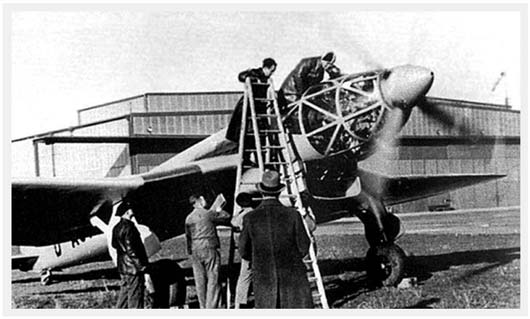
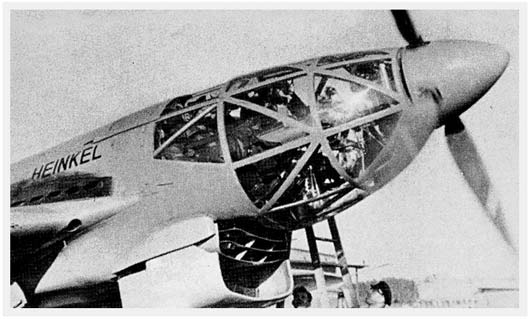 (5 pix)
(5 pix)
I remember learning about the Bell P-39 Airacobra as a kid, and how the engine was mounted behind the pilot and a shaft ran under the floor 10 feet forward to the prop. It was an interesting configuration which was done to allow for the quite large cannon, that shot 37mm projectiles, to be mounted on the centerline up front where the engine would normally be.
I also remember my dad and I talking about how we figured that it would always be on your mind when flying an airplane like this… what would happen if that shaft let loose that was running right under the seat?
Well, I recently learned about the 1937 German Heinkel He 119, and my concerns about a shaft running under the floor in the P-39 are all pretty much gone now. Why? Because the He 119 had two, 12 cylinder, BMW 1,175hp inverted V engines (like the ones used in the Bf-109) mounted in an inverted W configuration and coupled to each other, positioned behind the cockpit with a shaft running forward to the prop. Here’s where it gets weird… the cockpit is all that flush mounted glass directly behind the prop, and the pilot and co-pilot sit on either side of the housed shaft (that’s carrying 2,350hp) where it’s pretty much there for them to use as an armrest!
Yikes! Not only are you basically sitting snuggled up to the shaft, but the visibility forward seems to be a little lacking too. This set up is even a little too weird for me!
Honestly, I find the overall concept to be pretty fascinating. I do wonder what kind of reaction they got from the first potential pilot for the thing when they explained in the design phase how the power was gonna get from those 24 cylinders to the prop!
They actually built 8 of them, and as you can see from the pix, at least one of them wound up on floats. I don’t find any info on any shaft catastrophes, but it seems the airplane wasn't a great success either. It was pretty fast tho with a top speed of well over 300 mph.
Being able to see the airplane in these pix is pretty amazing, and I hope you take a few minutes and really catch what was done here. It’s a bit weird but it’s still quite an accomplishment - especially for 1937.
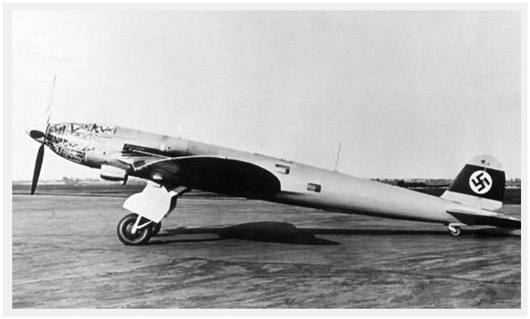
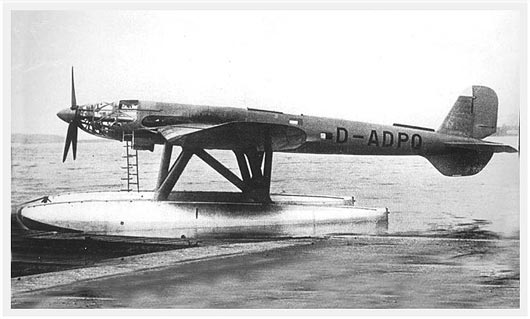
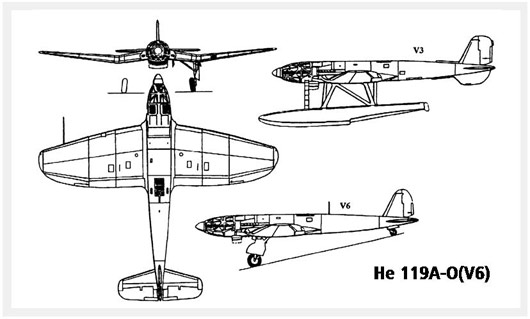
 Martt |
Martt |  3 Comments |
3 Comments | 













































































Reader Comments (3)
This is a great page. I am an aviation junkie and always enjoy reading about old and rare model airplanes. Great web site. Keep up the good work. If you are interested, visit our web site here: Discount Toner
Like all things - the purity of the concept “of clean aerodynamics” can be taken a little too far.
I would say that design anger - or design lust - brings the Engineer to forget that a human has to sit in this machine and make it fly. Just like the America Bomber from the Design desk of Mr Messerschmitt had no
Planning for the pilot/s to get some rest after their 5800km to North America and 5800 km back to France…
One hopes that they had autopilot! - water and a place to take a weee, and a nap.
Design thinking can be taken a little too far yet there are crazy men that have an overblown sense of heroism and are willing to take chances with their lives. Still the joy of flying is the overwhelming factor
- I wonder, how well this thing will fly, those wings look really magnificent - I bet you it will give you a thrill that you will never forget and many hours of hangar flying.
Good article with one correction. The He-119 was powered by the Daimler-Benz DB-606, two water cooled DB-601 inverted V-12 engines coupled via a gearbox to a common output shaft.
From the accounts I've read about it, this aircraft performed extremely well and suffered no reliability issues. On 22 November 1937, the fourth prototype, He 119 V4, made a world class record flight in which it recorded an airspeed of 505 km/h (314 mph), with a payload of 1,000 kg (2,200 lb), over a distance of 1,000 km (620 mi).
Ernst Heinkel had hoped the Luftwaffe would be so impressed with its performance they might order it into production as a fast bomber or reconnaissance aircraft, but that never happened.
One postscript: the success Heinkel enjoyed with the DB-606 engines led him to use them in the He-177A heavy bomber, but here they were a total disaster - prone to catastrophic mid air fires. The problems associated with these power plants delayed the He-177A too long to be of practical use, denying the Luftwaffe a strategic bombing capability for the second time. That's a long, sad saga just by itself.